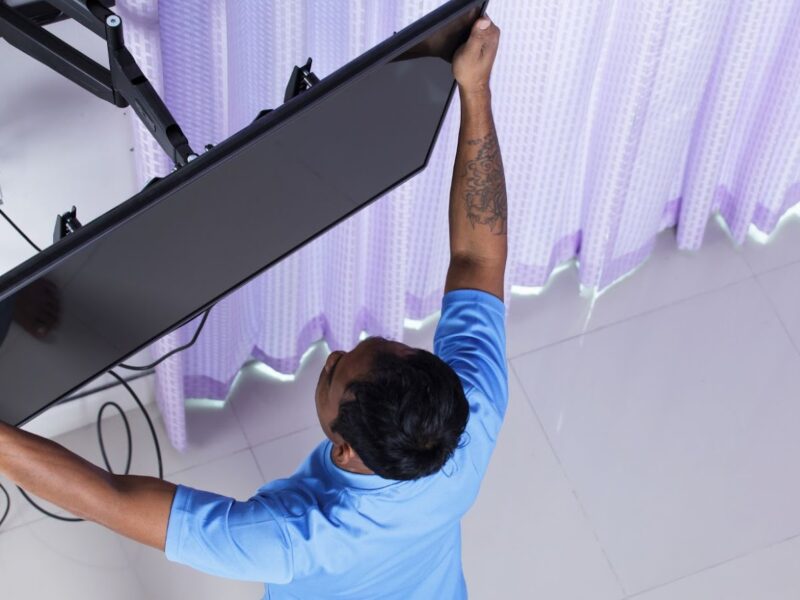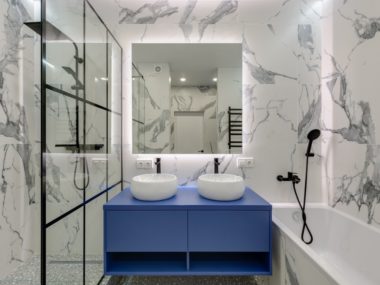Analogue television, that was once familiar to us, is slowly disappearing. The “large size of television” started at the end of 2000 by the beginning of digital broadcasting in Japan, and it has caused a huge turnaround in how the viewing public receives TV programs.
Even though there are still relatively few people who have converted to digital broadcasting, analogue transmissions will be terminated on December 31st in Fukushima Prefecture, and this extinction will continue going east from January next year. It seems that the large size of television has finally attracted a lot of attention.
Why is analogue TV being ended? Digital broadcasting is not only better in receiving clarity, but also it does not cause ghosts to appear on the screen. Besides, more programs can be broadcast with digital broadcasting, so it is being seen as the future of television. TV manufacturers are making their moves according to these trends, and are developing large screens for their product lineup. The largest size currently on sale is 80 inches for high-definition TV’s, but they are becoming thinner and lighter, and TOSHIBA has already announced a new 65-inch model that is only 7 millimeters thick.
If you have a lot of space, mount your TV on the wall
It is nearly as big as a dining table, and proves that the large size of television has really taken off. Several years ago, there was a strange contraption called “giant video walls” which featured several dozen TV screens arranged in a square pattern. Even if you could stop watching for just a short time, it almost seemed like one big screen. Even now, digital television is still the norm at stadiums and hallways, so it may be too soon to say that the large size of television has grown. Thus far, TOSHIBA’s 65 inch model is not yet for sale on the open market, but it will surely develop further to fit future needs.
If you don’t have a lot of space, consider using a TV stand or mounting your TV on the ceiling
In the past, people were worried about “dot pitches” because it could cause screen flickering and affect picture quality. Nowadays however, the high definition rate is higher than in colour televisions, so we can enjoy viewing high quality pictures without any problems. TOSHIBA’s 65 inch model uses LED back-lighting and weighs only 30 kg, so it can be hung on the wall just like a picture. The thinness of television sets has grown in recent years, and they are now no thicker than 80 centimeters.
There is still some time until large screens disappear from stores around Japan. Maybe you don’t really watch television, but you can always sell it on the internet, and there will surely be a lot of people waiting to buy it. Even though large screens are still expensive now, they will certainly become cheaper in the future. Of course, people must first accept this trend as good before large-sized TVs really catch on.
It is now not uncommon to see screens of 50 inches or more in people’s homes, especially in countries where there are multiple television channels. The biggest televisions available today are about 65 inches (165cm) and it seems like this is still too small for some people that want to enjoy watching sports or movies on a screen that takes up their entire field of view.
It seems that the large size of television has finally attracted a lot of attention in recent years. The screen is not only getting larger, but also thinner and lighter. TOSHIBA just announced a 65 inch model, which weighs less than 30kg and is only 7mm thick. It might still be too soon to say that big screens have really taken off, but it seems like they are definitely catching on.











